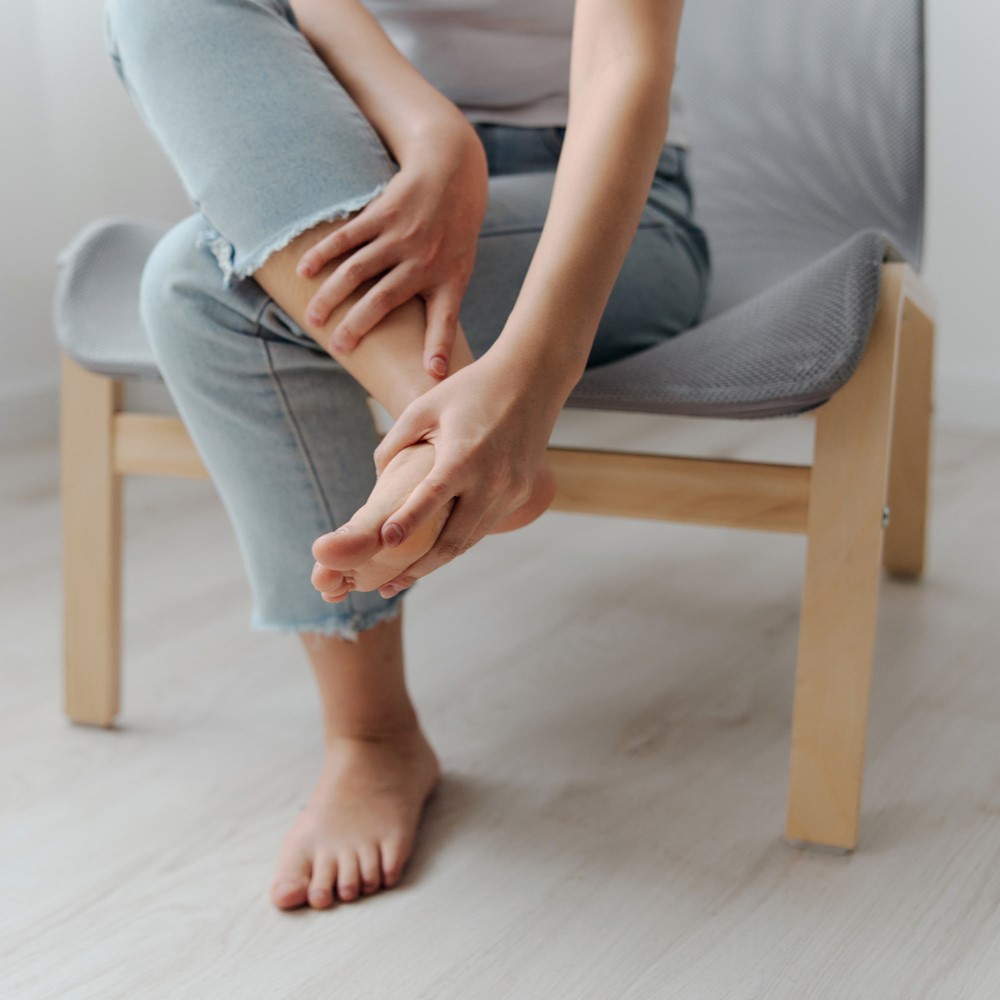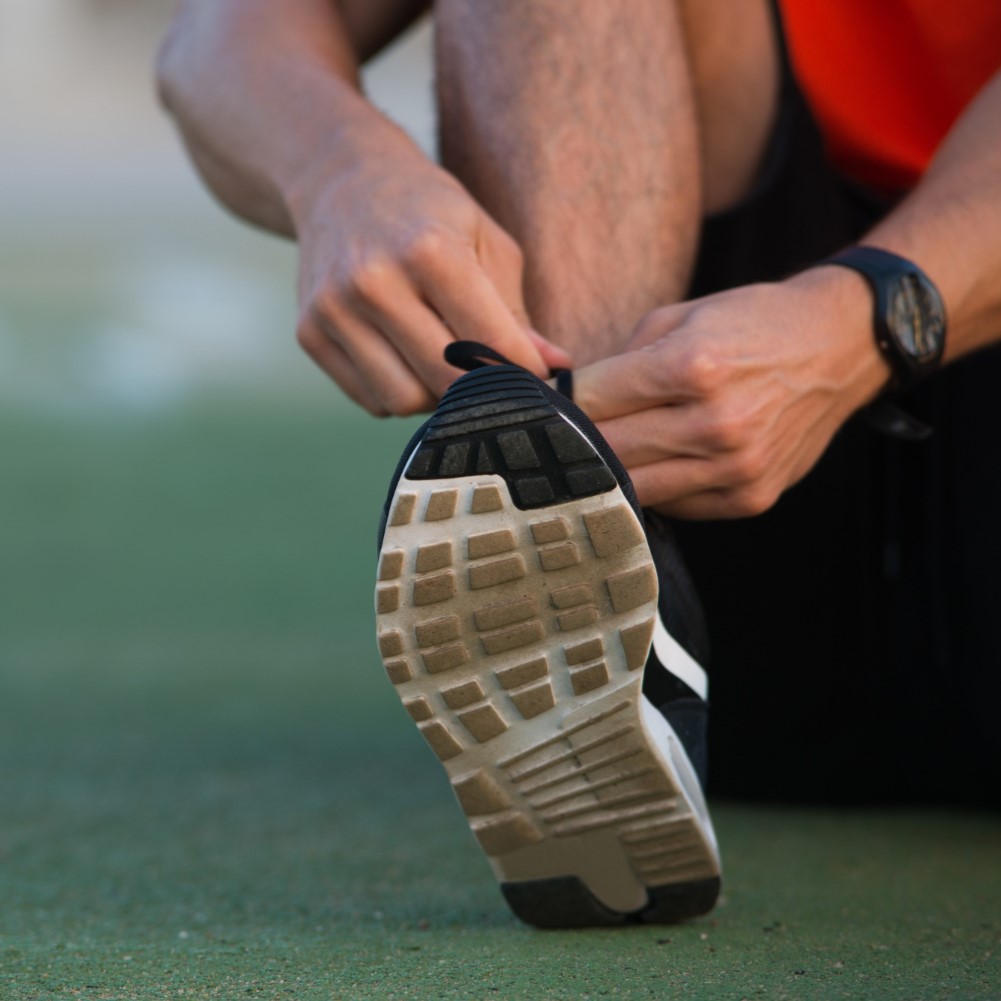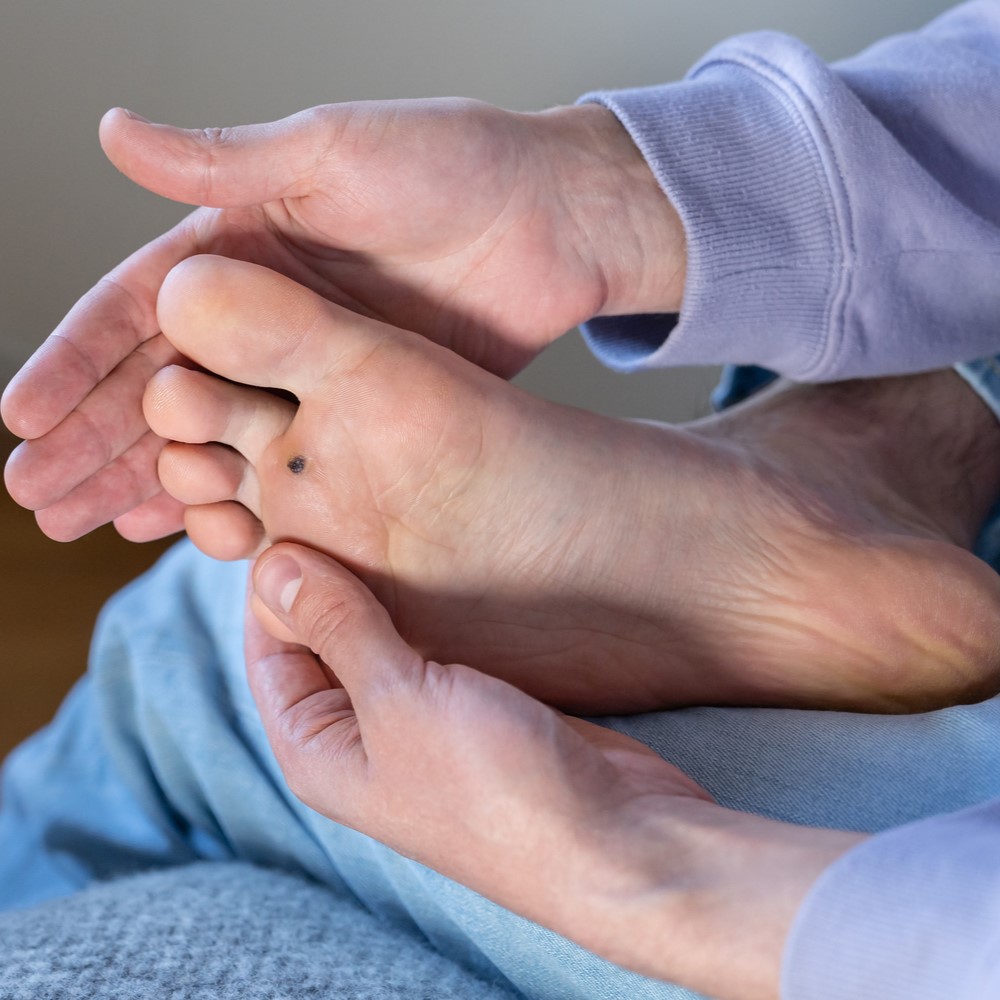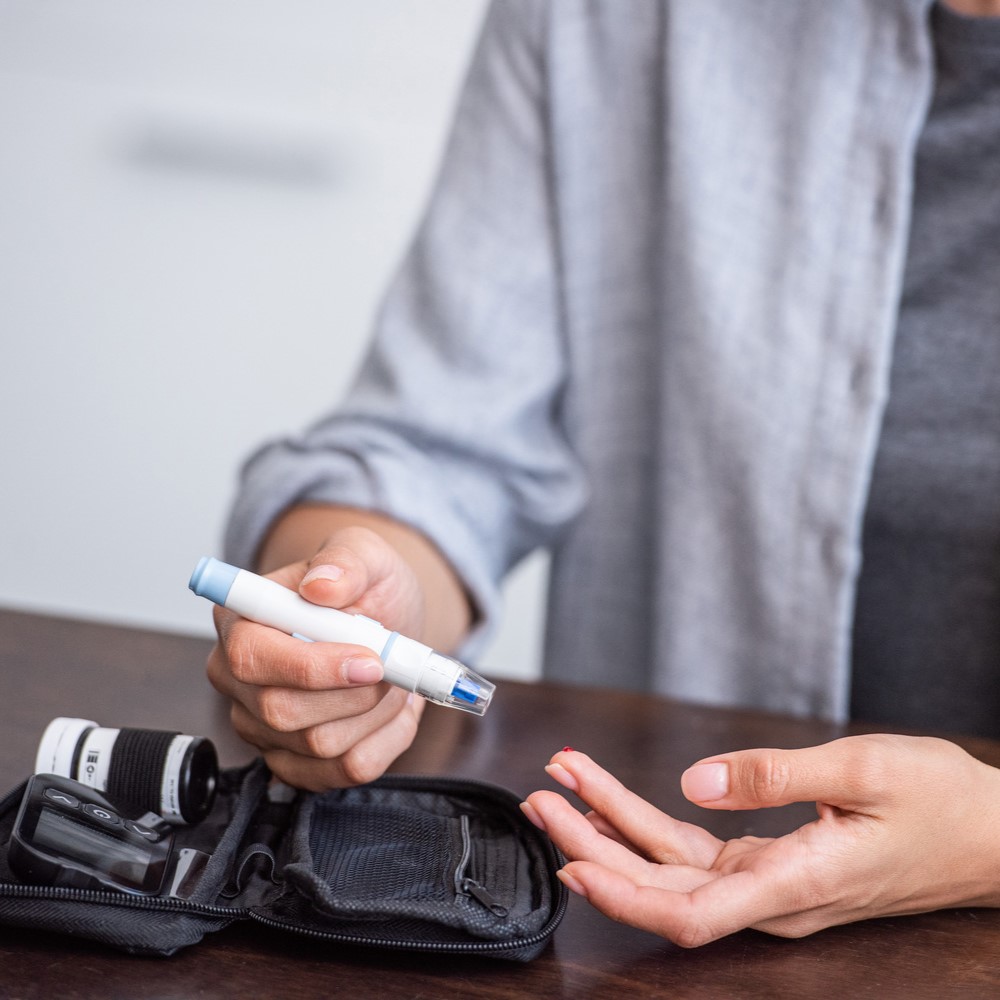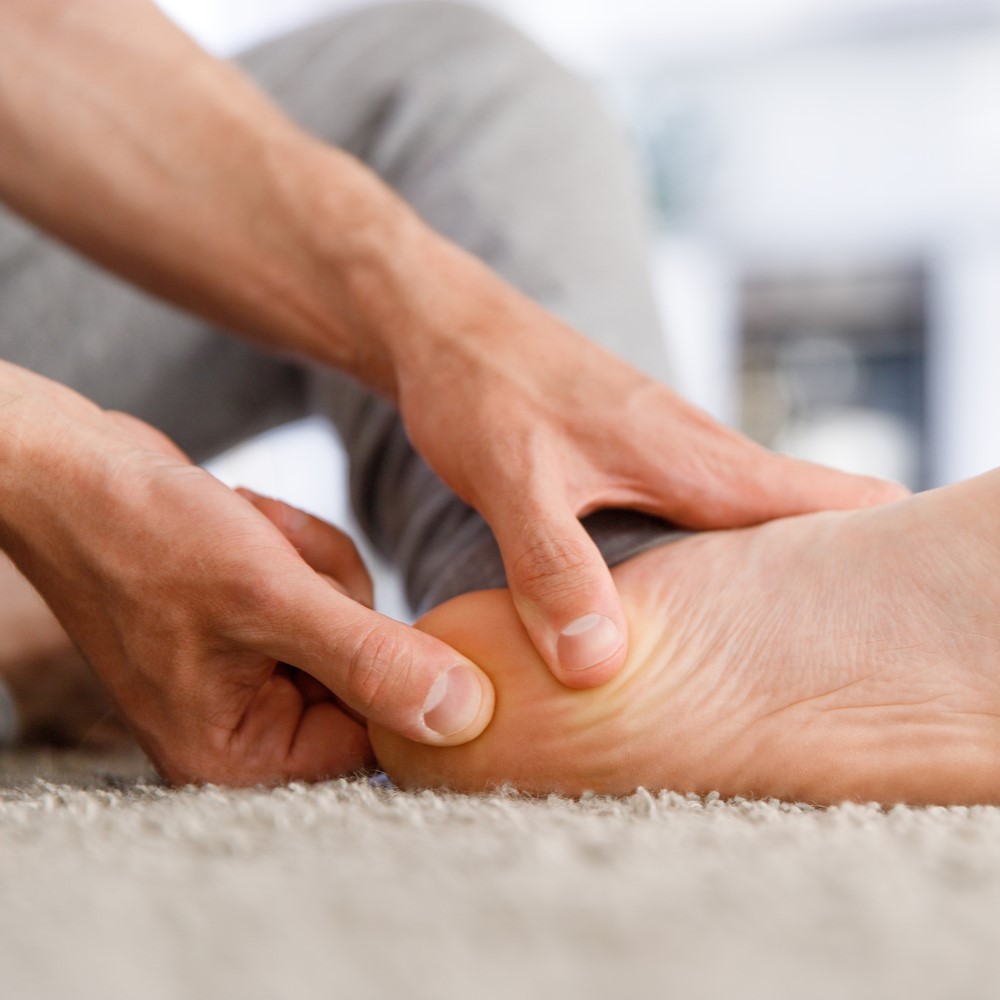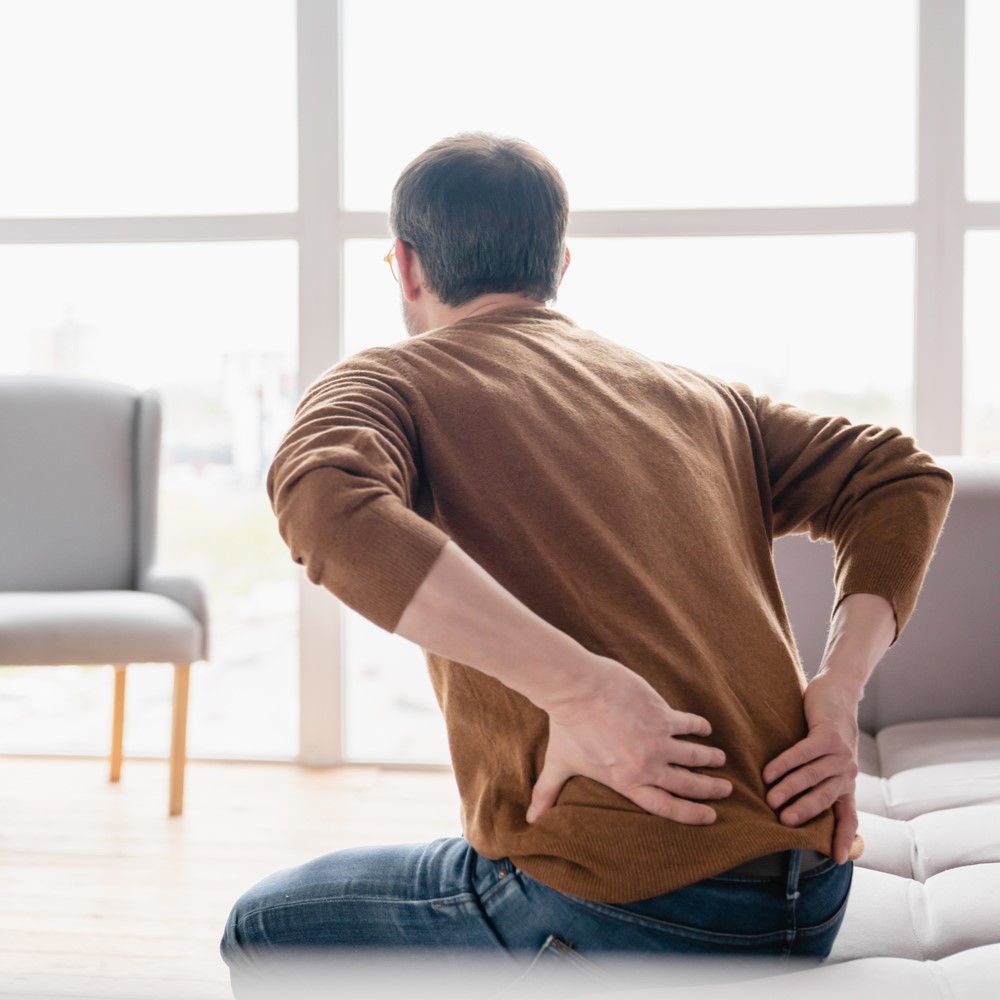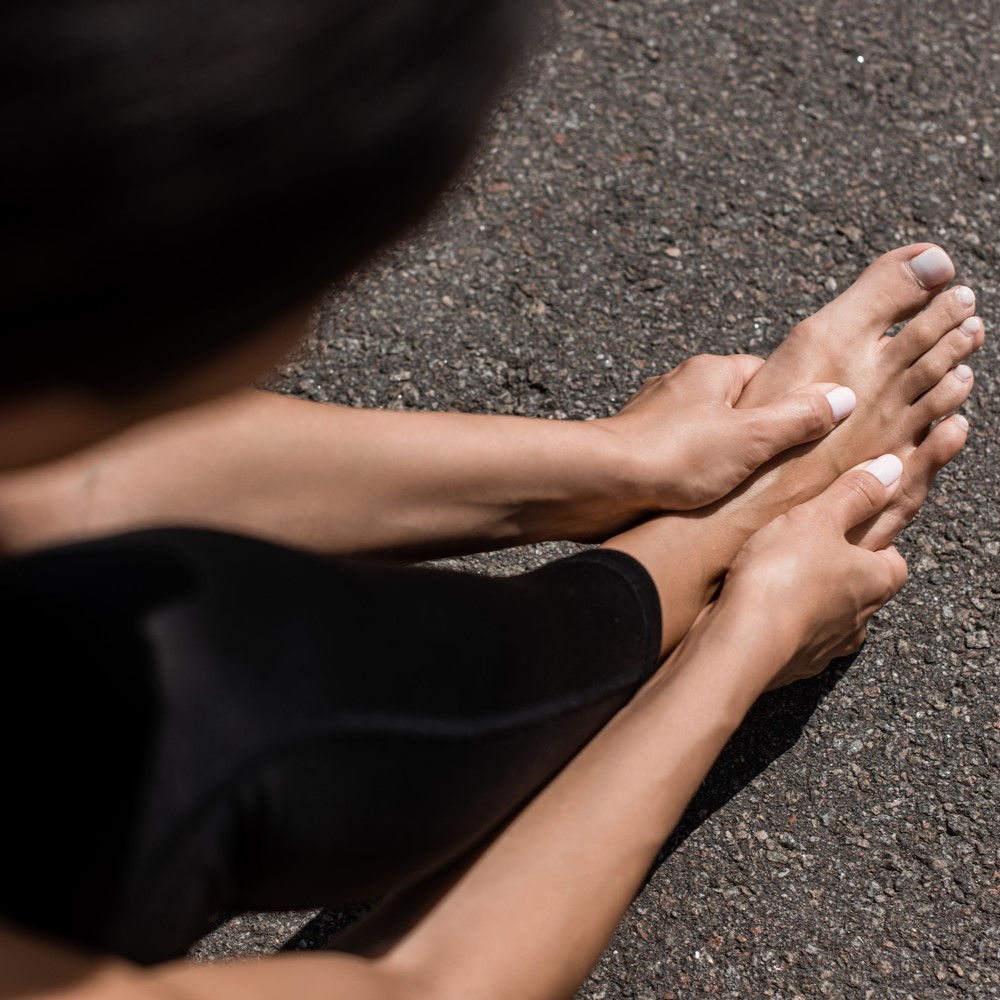Have you ever felt tired all the time, even after a good night’s sleep? Or maybe you’ve noticed that you’ve gained weight without changing your diet or exercise habits. Or maybe your heart races or your hands tremble for no reason. If you’re experiencing any of these symptoms, it’s possible that you have thyroid disease. But first, what’s thyroid? The thyroid is a small gland in your neck that produces hormones that regulate many important bodily functions, including your metabolism, heart rate, and body temperature. When your thyroid doesn’t produce enough or too much of these hormones, it can lead to a variety of health problems. Thyroid disease can affect people of all ages, but it is more common in women and older adults. It is also more common in people with certain autoimmune diseases, such as Hashimoto’s thyroiditis and Graves’ disease. What’s Thyroid Disease? There are multiple types, including: Hypothyroidism: This is the most common type of thyroid disease, and it occurs when the gland doesn’t produce enough thyroid hormones. Symptoms of hypothyroidism can include fatigue, weight gain, cold intolerance, constipation, dry skin, hair loss, and brittle nails. Hyperthyroidism: This type occurs when the thyroid produces too much thyroid hormones. Symptoms of hyperthyroidism can include anxiety, irritability, heart palpitations, tremors, weight loss, heat intolerance, and insomnia. Goiter: This is a disorder in which the thyroid gland enlarges. A goiter can be caused by hypothyroidism, hyperthyroidism, or other medical conditions. Thyroid nodules: These are lumps that can form on the thyroid gland. Thyroid cancer: This is a relatively rare type of cancer. Symptoms of thyroid cancer can include a lump in the neck, difficulty swallowing, and hoarseness. How is thyroid disease diagnosed? Usually, doctors use physical examination and blood tests to diagnose thyroid disease. Blood tests can measure the levels of thyroid hormones in your blood. If your blood tests are abnormal, your doctor may also order other tests, such as an ultrasound or biopsy of the thyroid gland. Is there a treatment? Treatment depends on the type of thyroid disease you have and the severity of your symptoms. For hypothyroidism, treatment typically involves taking thyroid hormone replacement medication. For hyperthyroidism, treatment may involve medication, radioactive iodine therapy, or surgery to remove the thyroid gland. How can I manage my thyroid disease? In addition to medical treatment, there are a number of things you can do to manage this case and improve your overall health. These include: Eating a healthy diet Maintaining a healthy weight Exercising regularly Getting enough sleep Managing stress Avoiding smoking and excessive alcohol consumption If you have thyroid disease, see a doctor regularly for checkups and blood tests. This will help your doctor monitor your condition and adjust your treatment as needed. Thyroid disease can be a challenging condition to live with, but with proper treatment and management, most people can live long and healthy lives.


